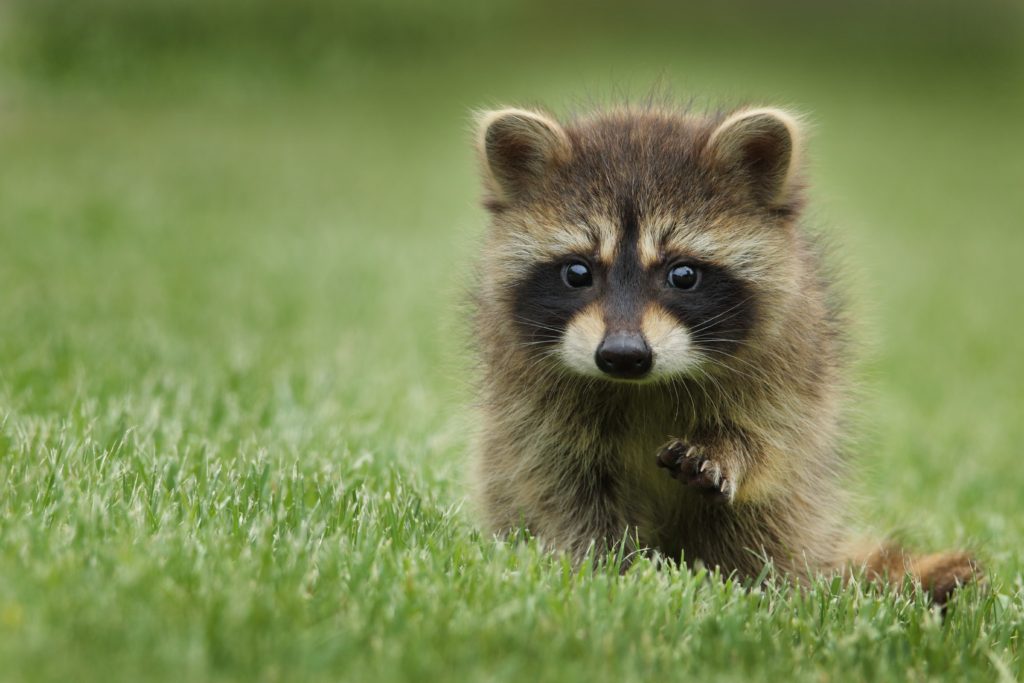July 10, 2020
If you Care, Leave Them There

As the summer temperature soars, wildlife becomes more active. Humans go outdoors more and the wildlife/people conflict begins to heat up too. The most obvious sign is the carnage on our roadways that we begin to witness. The sign here at the OHS is the influx of wild animals. Sadly, many of these creatures will be juveniles that would have been safer had they been left where they were. There simply aren’t enough rehabilitation spaces for all the wildlife in our region, and most didn’t need our help in the first place.
I know that stumbling upon a baby animal that appears to need help brings out a helping instinct in all of us but spotting a baby animal by himself doesn’t necessarily mean he’s an orphan. Many wildlife parents leave their young alone during the day, sometimes for long periods. The mother is usually nearby and quite conscious of her young. Also, keep in mind that despite their small size, many young animals are actually independent enough to fend for themselves.
How you tell if an animal needs your help or should be left alone? If an animal needs your help, you will see one or more of the following signs:
- A wild animal presented to you by a cat or dog
- Bleeding
- An apparent or obvious broken limb
- Evidence of a dead parent nearby
- Unusual or uneven loss of fur
- Difficult or raspy breathing or sneezing
- Body covered in fleas
Otherwise, if you care, leave him there.
For more information about wildlife and human wildlife conflicts, please visit our FAQs before you act.
Bruce Roney
President & CEO
